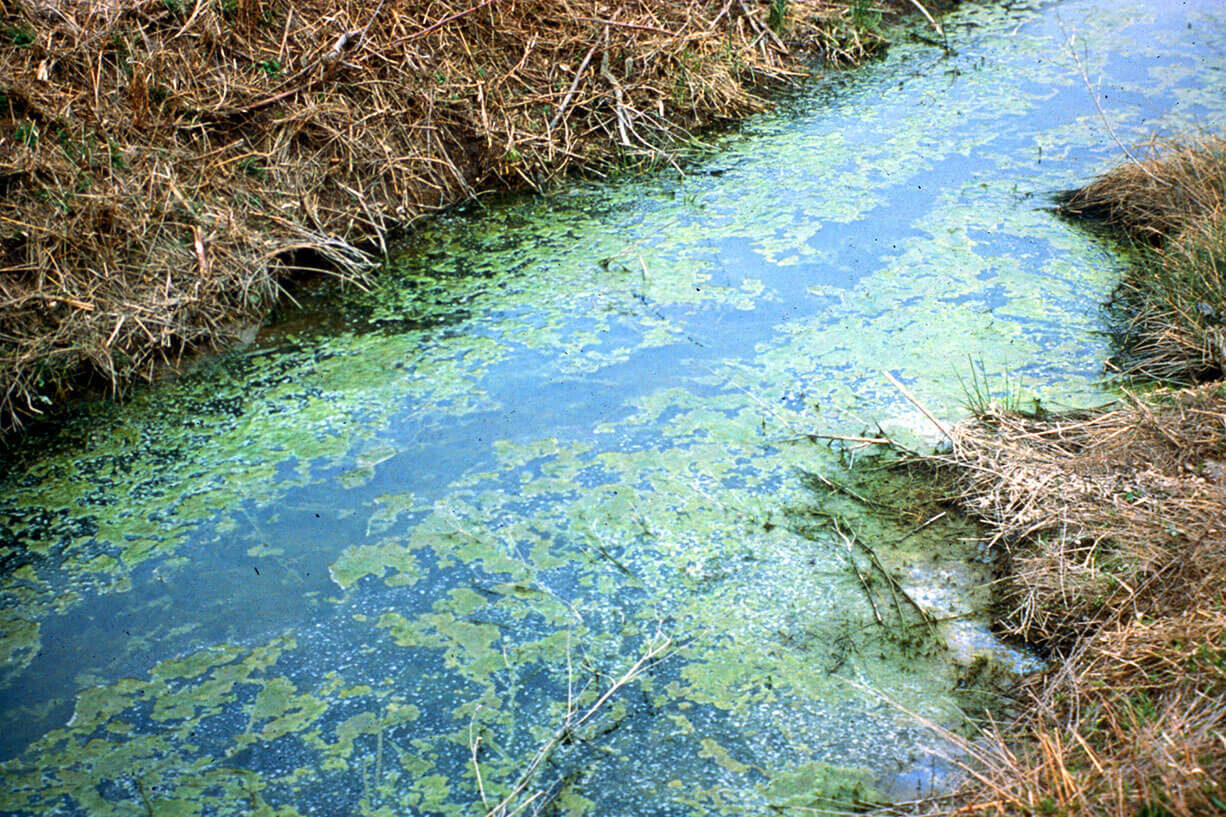Wildlife
The Chesapeake Bay supports more than 2,700 species of plants and animals on land and in the water. All of these critters depend on each other in some way.
View Topic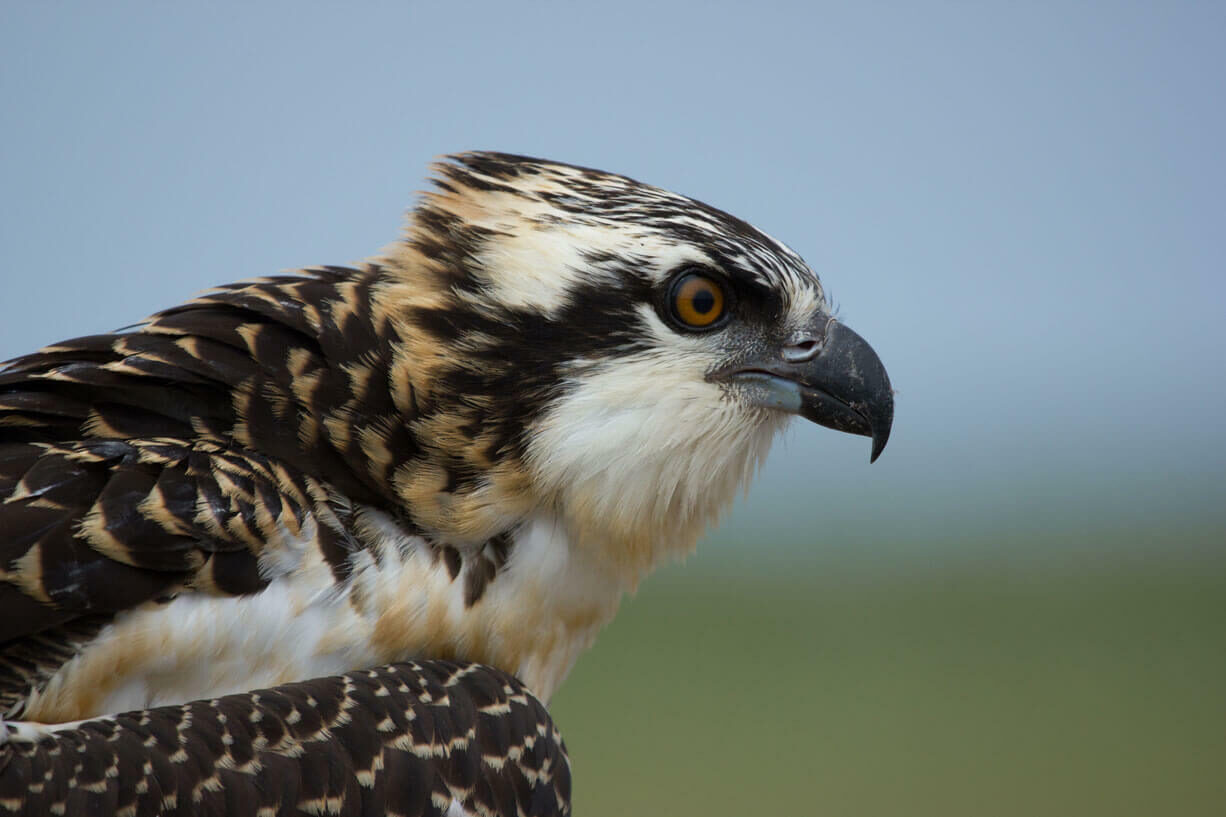
During Issue Definition, students explore the teacher-created driving question by investigating a locally relevant environmental issue. To support student voice during this essential element, students should be involved in developing or co-developing supporting questions to better understand the issue. Use the Asking Questions and Planning Investigations student worksheet to guide students through this process as they brainstorm questions, and plan indoor and outdoor research and investigations.
Explore this collection of environment-related books, multimedia, curriculum guides, individual lesson plans, and online data sources (all curated by Mid-Atlantic educators!) to support MWEE investigations. To suggest a new teaching resource complete this form.
The Chesapeake Bay supports more than 2,700 species of plants and animals on land and in the water. All of these critters depend on each other in some way.
View Topic
From underwater grass beds to streamside forests, the Chesapeake Bay watershed provides a range of habitats to more than 2,700 species of plants and animals on land and in the water.
View Topic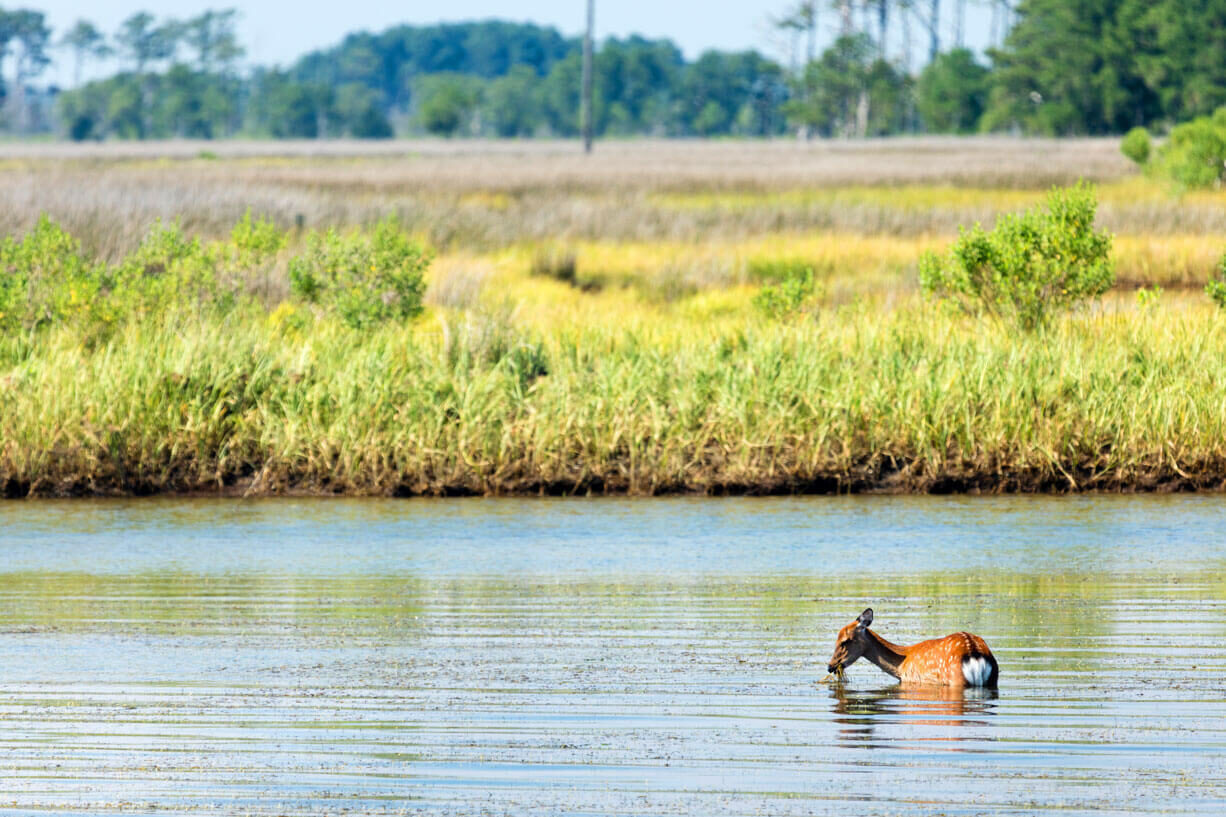
Earth System Science is a multidisciplinary approach to understanding climate and weather patterns, the landscape and how human behavior influences global systems.
View Topic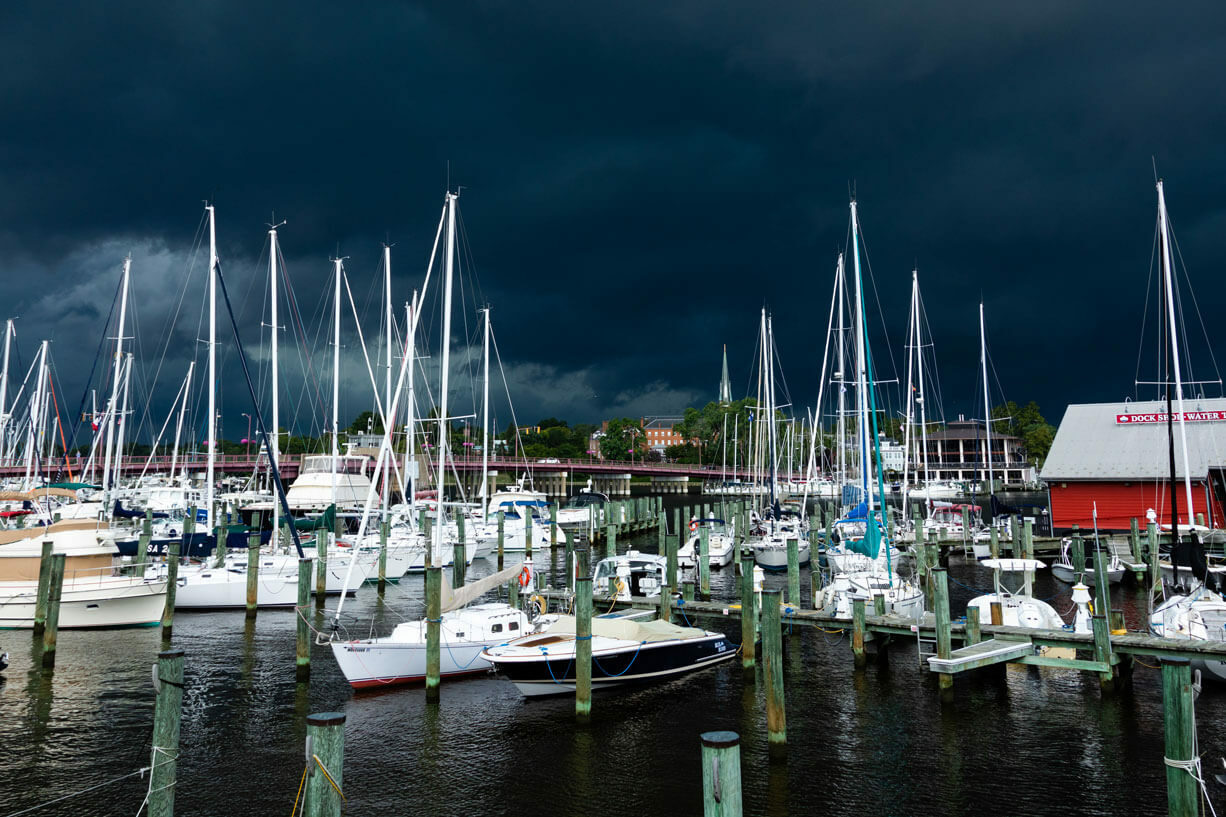
The Chesapeake Bay watershed spans 64,000 square miles. Much of this land is used to raise crops and livestock and build homes and businesses. But our actions on land have a big impact on the water.
View Topic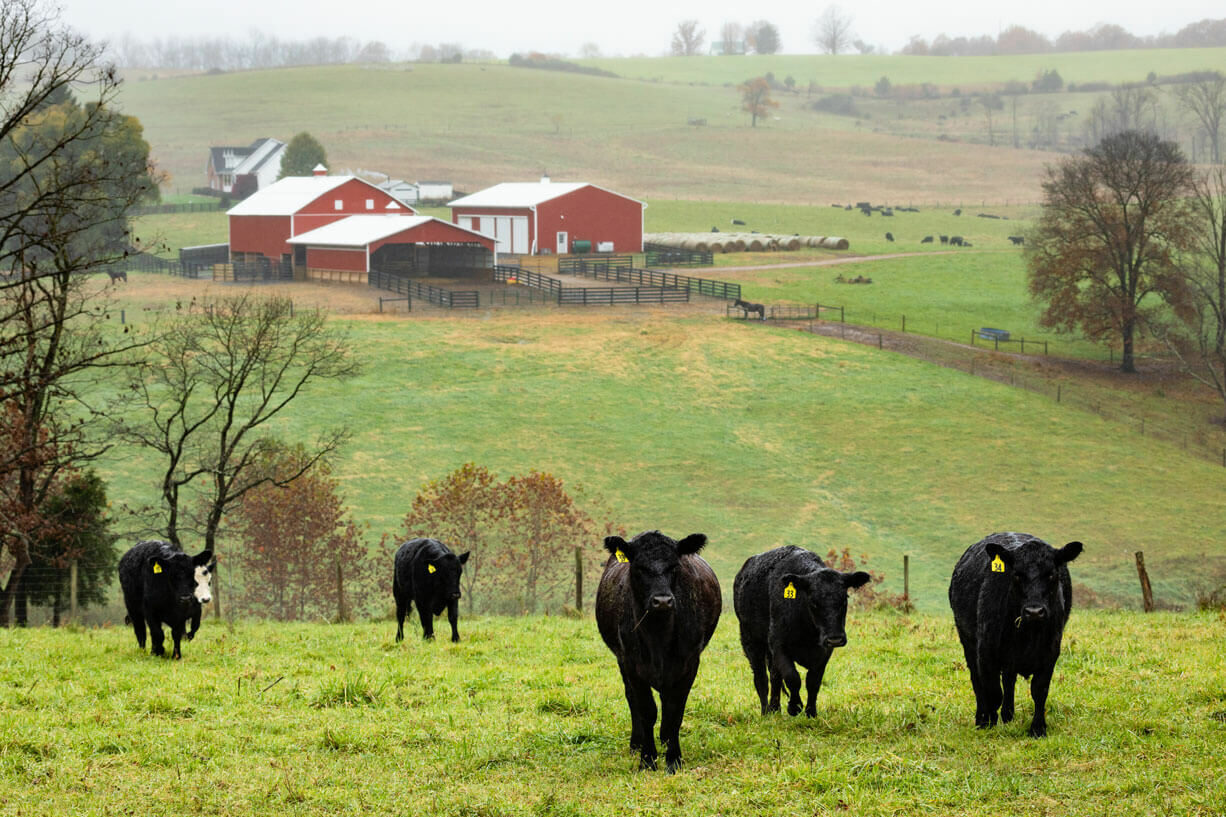
Humans have occupied the Chesapeake Bay region for at least 12,000 years. As human populations grew, watershed residents made changes to the land that, in turn, changed their culture.
View Topic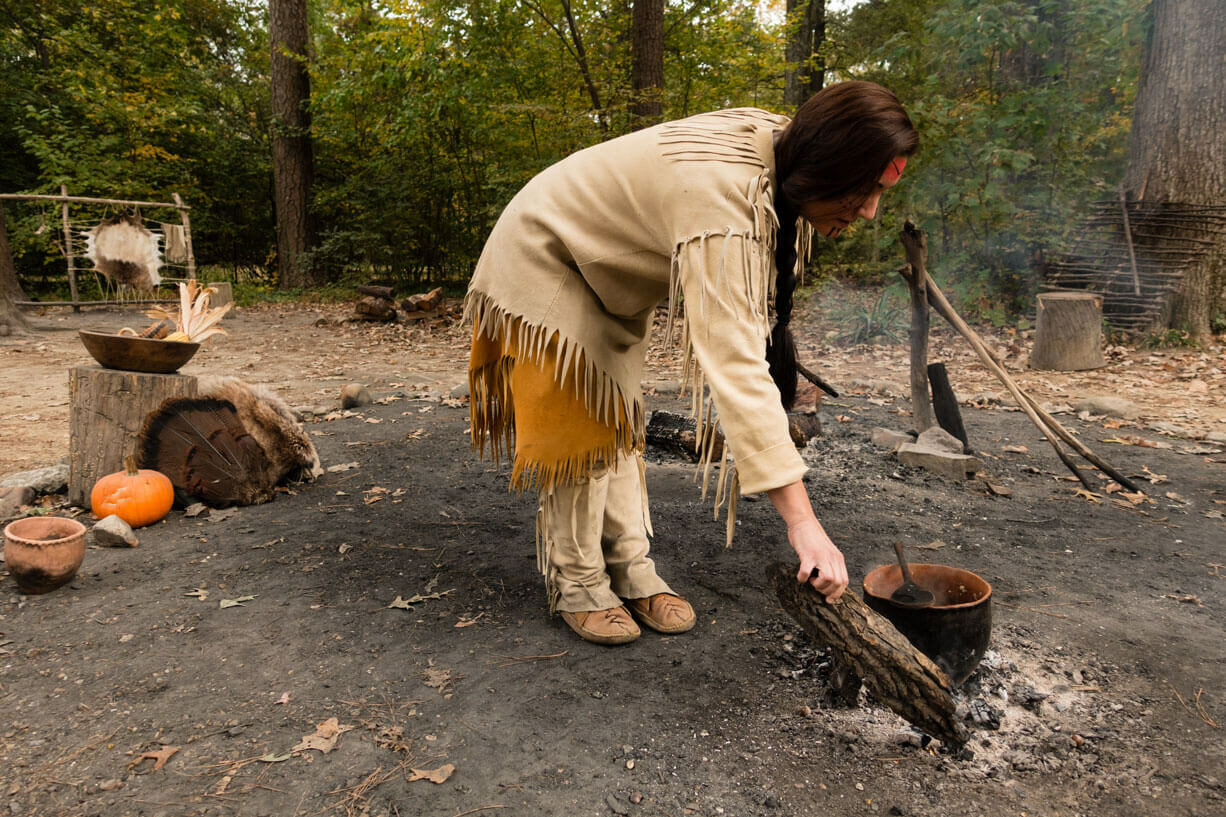
For the Chesapeake Bay to be a productive ecosystem, the water of the Bay and its tributaries must be healthy: it should be clear, rich in oxygen and free of chemical contaminants.
View Topic